Importing goods from China to Italy presents a wealth of opportunities for businesses looking to expand their market reach and enhance their product offerings. As one of the largest trade partners in Asia, China offers a diverse array of high-quality products at competitive prices. However, navigating the complexities of customs regulations, import duties, and logistical challenges can be daunting. In this comprehensive guide, we will walk you through the essential steps to ensure a successful importing experience. From selecting reliable suppliers and freight forwarders to understanding customs procedures and avoiding common pitfalls, our insights will empower you to streamline the import process and maximize your business potential. Whether you’re a seasoned importer or new to international trade, this guide is your key to unlocking a seamless importing journey.
Related Article : Shipping From China to Italy
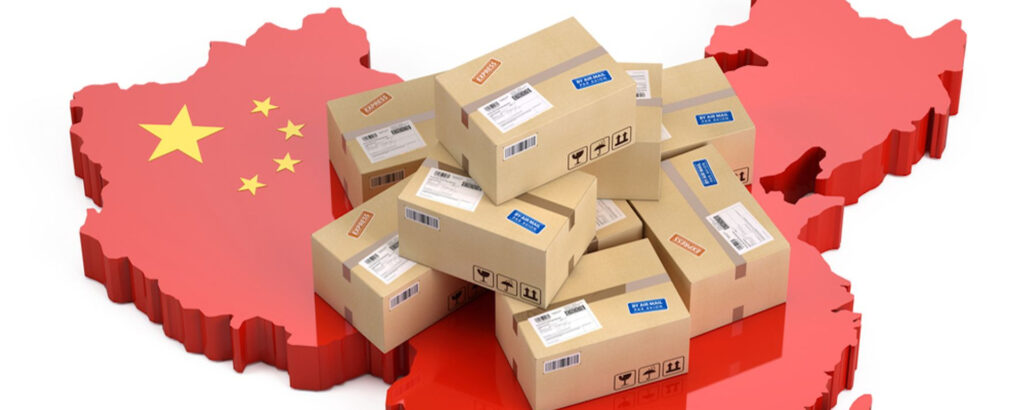
Understanding the Import Process from China to Italy
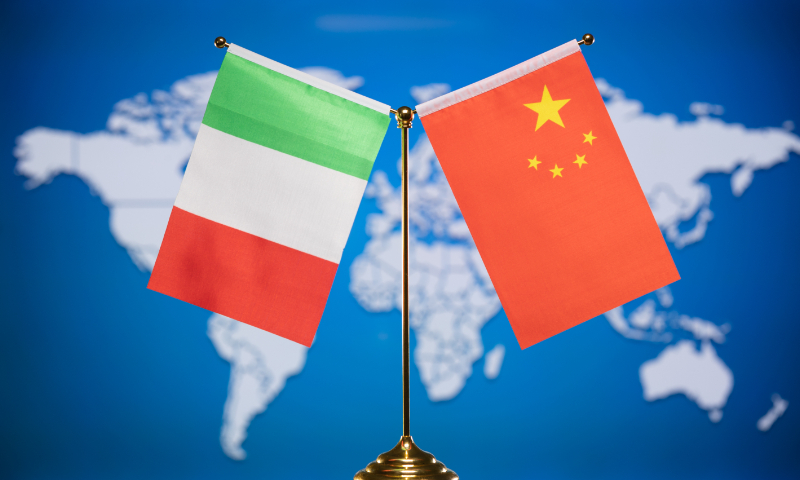
The trade relationship between China and Italy has flourished significantly over the past few decades. China has emerged as Italy’s largest trading partner in Asia, with bilateral trade reaching approximately €66.7 billion in 2023, according to Eurostat. This strategic partnership encompasses various sectors, including machinery, textiles, electronics, and consumer goods. Italy’s renowned manufacturing capabilities, particularly in fashion and luxury goods, attract Chinese investment and collaboration. Furthermore, initiatives like the Belt and Road Initiative have further solidified the economic ties between the two nations, promoting infrastructure development and increasing trade efficiency.
Importance of Compliance with Import Regulations
Navigating the import process from China to Italy necessitates strict adherence to local and European Union (EU) regulations. Compliance is essential for several reasons:
- Avoiding Legal Issues: Non-compliance can lead to fines, confiscation of goods, and potential legal repercussions. Understanding customs regulations, tariffs, and necessary documentation is crucial to ensure smooth importation.
- Facilitating Customs Clearance: Proper paperwork, including invoices, packing lists, and certificates of origin, expedites customs clearance. Importers must ensure that their shipments meet EU standards for quality and safety, especially for products such as food and electronics.
- Enhancing Supply Chain Efficiency: Compliance with import regulations helps streamline operations, reducing delays and unexpected costs. Working with a reputable freight forwarding service, such as Dantful International Logistics, can help manage these complexities, ensuring that all regulations are met efficiently.
Key Factors Influencing Imports
Several critical factors influence the import process from China to Italy, impacting costs, timelines, and overall success:
- Shipping Methods: Importers can choose between Ocean Freight and air freight, with ocean freight being the more cost-effective option for bulk shipments, while air freight offers faster delivery for smaller quantities. Understanding the pros and cons of each method is essential for making informed choices.
- Customs Duties and Taxes: Import duties and VAT can significantly impact the total cost of imported goods. The EU Customs Code provides a framework for calculating tariffs based on the commodity code of the goods. Familiarity with these duties ensures accurate budgeting for imports.
- Logistics and Supply Chain Management: Efficient logistics management is vital for timely delivery and cost control. Utilizing a one-stop logistics service provider like Dantful International Logistics can help optimize supply chain operations and reduce the complexities of international shipping.
- Cultural and Market Differences: Understanding Italian market preferences and cultural nuances is essential for successful product positioning. Conducting thorough market research can aid importers in tailoring their offerings to meet local demands, thus enhancing competitiveness.
By recognizing these elements of the import process, businesses can navigate the complexities of importing goods from China to Italy more effectively, ensuring compliance and maximizing opportunities for growth in the Italian market. For comprehensive support throughout the import process, consider partnering with Dantful International Logistics, a highly professional, cost-effective, and high-quality logistics service provider.
Read More:
- Shipping From China to the United States
- Shipping From China TO CANADA
- Shipping From China To Netherlands
- Shipping From China To UNITED KINGDOM
- Shipping From China To ALGERIA
- Shipping from China to UAE
- Shipping from China to Saudi Arabia
Steps to Import Goods from China to Italy
Step 1: Research and Select Suppliers
The first step in importing goods from China to Italy is conducting thorough research to identify reliable suppliers. This involves evaluating potential partners based on their reputation, quality of products, production capabilities, and compliance with international standards. Platforms like Alibaba, Global Sources, and Made-in-China offer access to a wide range of suppliers, but it’s crucial to perform due diligence. Request samples, check references, and verify certifications, such as ISO or CE markings, to ensure that the suppliers align with your quality expectations and operational standards. A solid supplier relationship lays the foundation for a successful import process.
Step 2: Choose a Reliable Freight Forwarder
Selecting a trusted freight forwarder is a pivotal step in the import process. A freight forwarder acts as an intermediary between you and various transportation services, helping to manage logistics, documentation, and customs clearance.
Importance of Selecting a Trusted Freight Forwarder
A reliable freight forwarder ensures that your goods are transported efficiently, safely, and in compliance with all regulations. They have the expertise to navigate the complexities of international shipping, which can save you time and money. Moreover, a good freight forwarder will provide valuable insights into the best shipping methods, potential challenges, and regulatory requirements specific to your import needs.
Factors to Consider When Choosing a Freight Forwarder
When evaluating potential freight forwarders, consider the following factors:
- Experience and Reputation: Look for a freight forwarder with a proven track record in handling shipments from China to Italy, as well as positive reviews from past clients.
- Services Offered: Ensure that they provide comprehensive services, including customs clearance, warehousing, insurance, and end-to-end logistics solutions.
- Insurance Coverage: Inquire about the types of insurance offered. Protecting your goods during transit is critical, as unforeseen events can occur.
- Technology and Tracking: Choose a freight forwarder that utilizes modern technology, allowing you to track shipments in real-time, which enhances transparency and communication.
- Cost: While cost shouldn’t be the only factor, it’s essential to obtain quotes from multiple freight forwarders and compare their services to find the best overall value.
A reputable freight forwarder like Dantful International Logistics not only offers a highly professional, cost-effective, and high-quality service but also ensures seamless logistics management tailored to your specific requirements. Their expertise can help streamline your import process, making it more efficient and less stressful.
Dantful International Logistics Services:
- Dantful Ocean Freight Services
- Air Freight From China
- Amazon FBA Freight Forwarding
- WAREHOUSE Services
- One-Stop Customs Clearance Solution
- Cargo Insurance Services in China
- DDP Shipping Services By Dantful Logistics
- Out of Gauge Cargo Transportation Shipping Services
Step 3: Understand Import Duties and Taxes
Understanding the import duties and taxes applicable to your goods is vital for budgeting and compliance. The European Union (EU) imposes tariffs on various goods based on their classification in the Combined Nomenclature (CN). Import duties can vary significantly depending on the type of product, so it’s crucial to verify the applicable tariff rates.
Additionally, the Value Added Tax (VAT) is applicable to most imports entering Italy. As of 2023, the standard VAT rate in Italy is 22%. To ensure accurate cost calculations, it’s advisable to consult the EU TARIC database for precise duty rates and tax obligations related to your imported goods.
Step 4: Obtain Necessary Documentation
Proper documentation is critical in the import process to facilitate customs clearance and ensure compliance with regulations.
Required Documents for Customs Clearance
The essential documents required typically include:
- Commercial Invoice: This provides details on the transaction, including the price, quantity, and description of the goods.
- Packing List: This outlines the contents of the shipment, helping customs officials identify the items being imported.
- Bill of Lading/Airway Bill: This document serves as a contract between you and the carrier, detailing the shipment’s terms.
- Certificate of Origin: This certifies the country of origin of the goods, which may affect duty rates.
- EORI Number: The Economic Operators Registration and Identification (EORI) number is crucial for customs procedures in the EU, as it identifies businesses and individuals involved in the import and export of goods. Obtaining an EORI number is mandatory for all EU customs activities, and you can apply through the Italian Customs Agency.
Importance of the EORI Number
Having an EORI number ensures that your shipments are processed smoothly through customs, minimizing the risk of delays or complications. It is essential for all businesses engaging in import activities within the EU, making it a critical component of your import documentation.
Step 5: Choose the Right Shipping Method
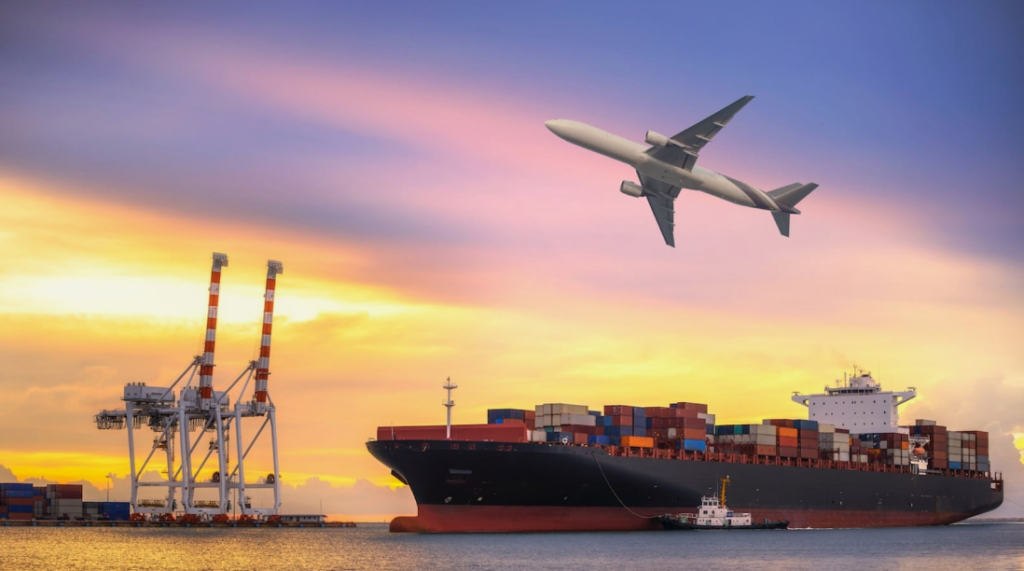
Selecting the appropriate shipping method is fundamental to your import strategy. There are primarily two modes of transport to consider—Ocean Freight and air freight.
- Ocean Freight: This is generally the most economical option for large shipments, offering bulk transport at lower costs. However, it involves longer transit times, typically ranging from 20 to 40 days depending on the port of origin and destination.
- Air Freight: This method is faster, usually taking 3 to 10 days, making it ideal for urgent shipments or smaller consignments. However, air freight is more expensive compared to ocean freight.
When deciding on the shipping method, consider factors such as budget, urgency, cargo size, and product type. Collaborating with a knowledgeable freight forwarder like Dantful International Logistics can help you make the best choice based on your specific needs and optimize your shipping strategy for efficiency and cost-effectiveness.
Navigating Customs Clearance in Italy
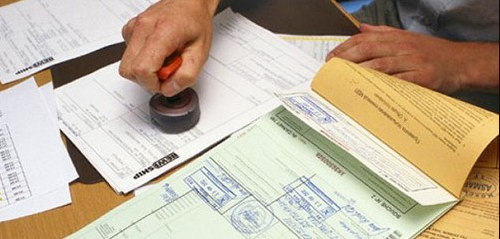
Understanding Italian Customs Procedures
Navigating the customs clearance process in Italy involves understanding the specific procedures and regulations enforced by the Agenzia delle Dogane e dei Monopoli (Italian Customs Agency). This agency is responsible for monitoring, regulating, and facilitating the importation of goods into Italy. Here are the key components of the customs process:
- Pre-Arrival Procedures: Prior to the arrival of your shipment, it’s essential to prepare all necessary documentation, including commercial invoices, packing lists, and the Bill of Lading or Airway Bill. In some cases, electronic pre-notification is required, where documents must be submitted online before the goods enter Italy.
- Customs Duties and VAT Assessment: Once your shipment arrives, customs officials will assess the applicable duties and VAT based on the information provided in your documentation. It’s crucial to ensure that all product classifications are accurate to avoid underpayment or overpayment of duties.
- Inspection and Clearance: Customs officials may conduct physical inspections of shipments to verify the declared contents against the documentation. If everything is in order, your goods will be cleared for entry. Any discrepancies or issues can lead to delays or additional scrutiny.
- Payment of Duties and Taxes: After customs approval, you will be required to pay any applicable duties and VAT before your goods can be released. It’s advisable to have a clear understanding of your financial obligations to avoid unexpected costs.
- Post-Clearance Audits: Customs may conduct post-clearance audits to ensure compliance with regulations. Keeping accurate records and documentation is essential for any future assessments.
For a seamless customs clearance experience, consider partnering with a professional freight forwarder like Dantful International Logistics, who can provide guidance on Italian customs procedures and assist in navigating the complexities of the process.
Tips for Smooth Customs Clearance
To facilitate a smoother customs clearance process, consider the following tips:
- Accuracy in Documentation: Ensure that all documentation is complete and accurate. Any discrepancies can lead to delays or potential fines.
- Engage a Customs Broker: Hiring a customs broker with expertise in Italian regulations can simplify the clearance process, ensuring that all requirements are met efficiently.
- Stay Informed: Keep abreast of any changes in customs regulations or tariffs that may impact your imports. Regularly consulting the Italian Customs Agency’s website can provide valuable updates.
- Communicate with Your Freight Forwarder: Maintain open communication with your freight forwarder to stay informed about your shipment’s status and any potential issues during clearance.
- Prepare for Inspections: Be ready for the possibility of customs inspections. Having organized and readily accessible documentation can expedite the process.
By implementing these strategies, you can enhance your chances of successful and timely customs clearance in Italy.
Common Pitfalls and How to Avoid Them
Despite the best efforts to ensure a smooth import process, there are common pitfalls that businesses face when importing goods from China to Italy. Understanding these pitfalls and learning how to avoid them can save time, money, and frustration.
Common Documentation Errors
One of the most prevalent issues in the import process is documentation errors. Inaccuracies in the commercial invoice, packing list, or any other required documents can lead to significant delays in customs clearance. Common errors include:
- Incorrect Product Descriptions: Failing to provide accurate descriptions of the goods can result in misclassification and improper duty assessment.
- Missing Signatures or Dates: Not having the required signatures or dates on documents can create issues during the customs inspection process.
- Inconsistent Information: Ensure that all documents correlate with each other. For instance, the quantities listed on the invoice must match the packing list to avoid discrepancies.
To mitigate these issues, double-check all documentation for accuracy and completeness before submission. Engaging a knowledgeable freight forwarder or customs broker can also assist in ensuring that all documents are correctly prepared.
Misunderstanding of Tariffs and Taxes
Another common pitfall is a misunderstanding of the applicable tariffs and taxes. Businesses may miscalculate duty rates or overlook VAT obligations, leading to unexpected costs.
- Inaccurate Commodity Classification: Misclassifying goods can result in either overpaying or underpaying duties. Familiarize yourself with the Combined Nomenclature (CN) to ensure correct classification.
- Neglecting VAT: Importers often forget to account for VAT when budgeting for imports. This tax is typically assessed at the time of importation and can significantly impact overall costs.
- Lack of Awareness about Duty Drawback Programs: Some businesses may qualify for duty drawback programs, which refund certain duties paid on imported goods. Being unaware of these programs can lead to lost opportunities for cost recovery.
To avoid misunderstandings, consult with a customs expert or a freight forwarder like Dantful International Logistics to clarify tariff rates, ensure accurate classifications, and account for all applicable taxes. Regularly reviewing the EU TARIC database can also provide insights into current duty rates and regulations.
By recognizing these common pitfalls and taking proactive measures, businesses can enhance their import processes and avoid costly mistakes when importing goods from China to Italy.
Best Practices for Successful Importing
Successfully importing goods from China to Italy requires careful planning and the implementation of best practices throughout the import process. Here are some essential strategies to enhance your importing experience:
- Conduct Thorough Research: Research potential suppliers meticulously to ensure they meet quality and compliance standards. Use reliable platforms and check reviews or testimonials from previous clients. Establish a robust supplier relationship to ensure reliability in your shipments.
- Leverage Technology: Utilize technology to streamline communication, track shipments, and manage documentation. Freight forwarders often provide online tracking tools that allow you to monitor your goods in real-time, enhancing transparency and reducing anxiety during transit.
- Stay Regulatory Compliant: Familiarize yourself with the customs regulations and import procedures specific to Italy and the EU. Regularly consult the Agenzia delle Dogane e dei Monopoli and the EU TARIC database to stay updated on any changes that may affect your shipments.
- Use Professional Services: Engage a reputable freight forwarder and customs broker to help navigate the complexities of international shipping. Professionals like Dantful International Logistics can provide invaluable support, ensuring that all aspects of your import process, from logistics to customs clearance, are handled efficiently.
- Maintain Accurate Documentation: Keep meticulous records of all documentation related to your imports. This includes invoices, packing lists, shipping documents, and correspondence with suppliers. Accurate documentation can prevent customs delays and ensure compliance with regulations.
- Plan for Contingencies: Develop a contingency plan for potential disruptions in the supply chain, such as delays in shipping or customs inspections. Having a backup strategy can help mitigate risks and maintain business continuity.
- Educate Your Team: Ensure that your team is well-versed in the import process and its requirements. Regular training and updates on regulations can empower employees to handle the importing process effectively and efficiently.
By following these best practices, businesses can enhance their importing processes, reduce risks, and improve overall efficiency when bringing goods from China to Italy.
FAQs
Here are some frequently asked questions (FAQs) regarding the import process from China to Italy:
- What documents are required for importing goods from China to Italy?
- Essential documents include a commercial invoice, packing list, Bill of Lading or Airway Bill, Certificate of Origin, and an EORI number.
- How do I calculate import duties and taxes?
- Import duties and VAT are calculated based on the commodity code assigned to your goods. You can consult the EU TARIC database for specific duty rates and tax obligations.
- What is the role of a freight forwarder in the import process?
- A freight forwarder manages logistics, transportation, and customs clearance for your shipments. They ensure compliance with regulations and facilitate efficient movement of goods.
- How long does customs clearance take in Italy?
- Customs clearance duration can vary based on the complexity of the shipment and the accuracy of documentation. Generally, it can take anywhere from a few hours to several days.
- What are the common pitfalls to avoid when importing?
- Common pitfalls include documentation errors, misunderstanding tariffs and taxes, and failing to stay informed about regulatory changes. Diligence in these areas can help prevent delays and fines.
- What should I do if my goods are held up in customs?
- Contact your freight forwarder or customs broker immediately. They can provide guidance on resolving any issues and assist you in gathering necessary documentation to facilitate release.
References
- European Commission – Customs: EU Customs Information
- Agenzia delle Dogane e dei Monopoli (Italian Customs Agency): Agenzia delle Dogane
- EU TARIC Database: TARIC – The Integrated Tariff of the European Community
- International Trade Administration – Importing Goods to Italy: Importing Goods to Italy

Young Chiu is a seasoned logistics expert with over 15 years of experience in international freight forwarding and supply chain management. As CEO of Dantful International Logistics, Young is dedicated to providing valuable insights and practical advice to businesses navigating the complexities of global shipping.


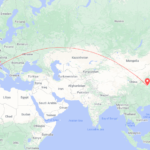
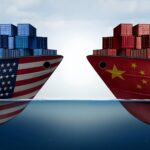
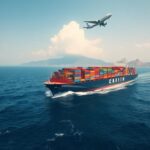
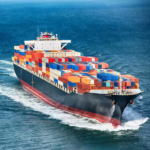

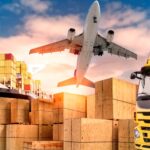

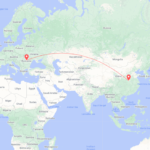
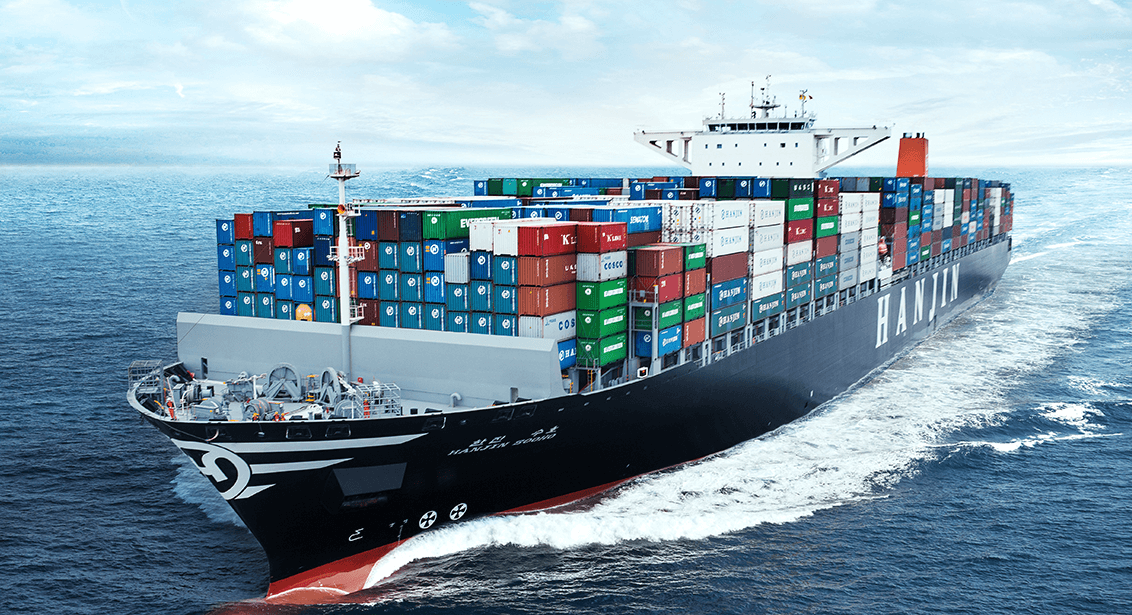
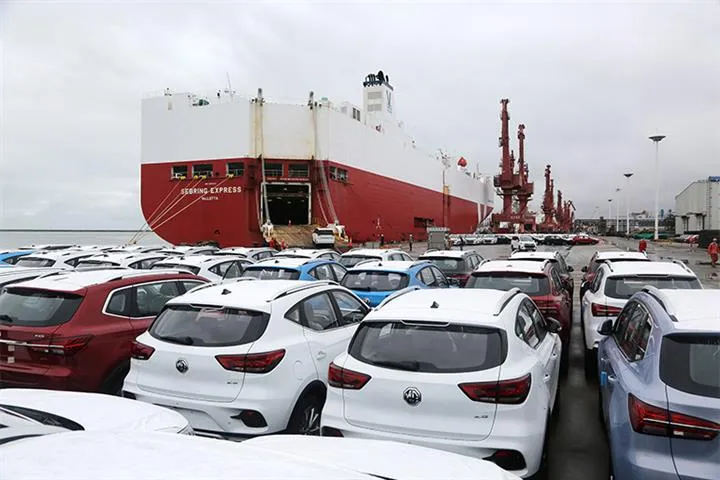

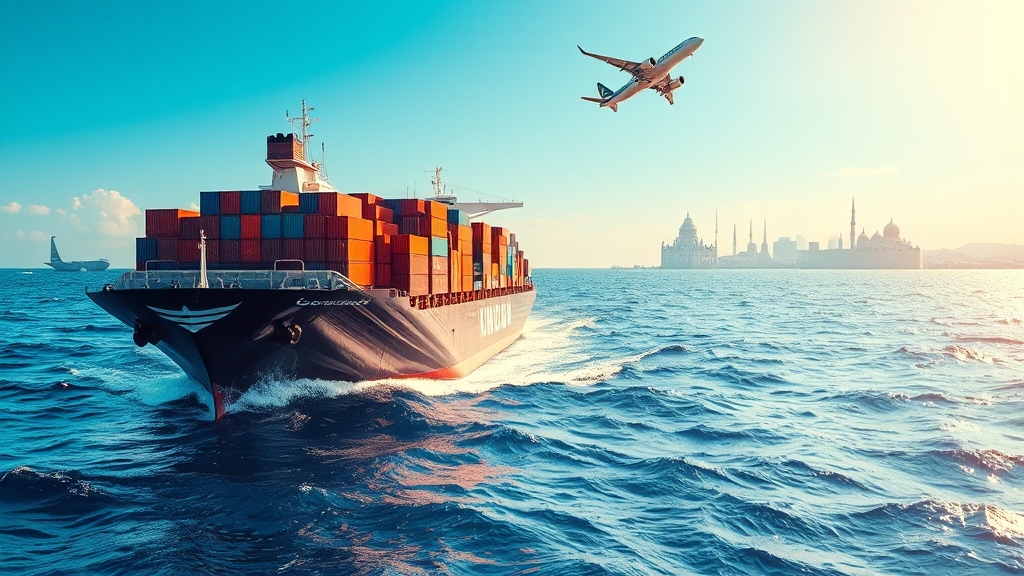
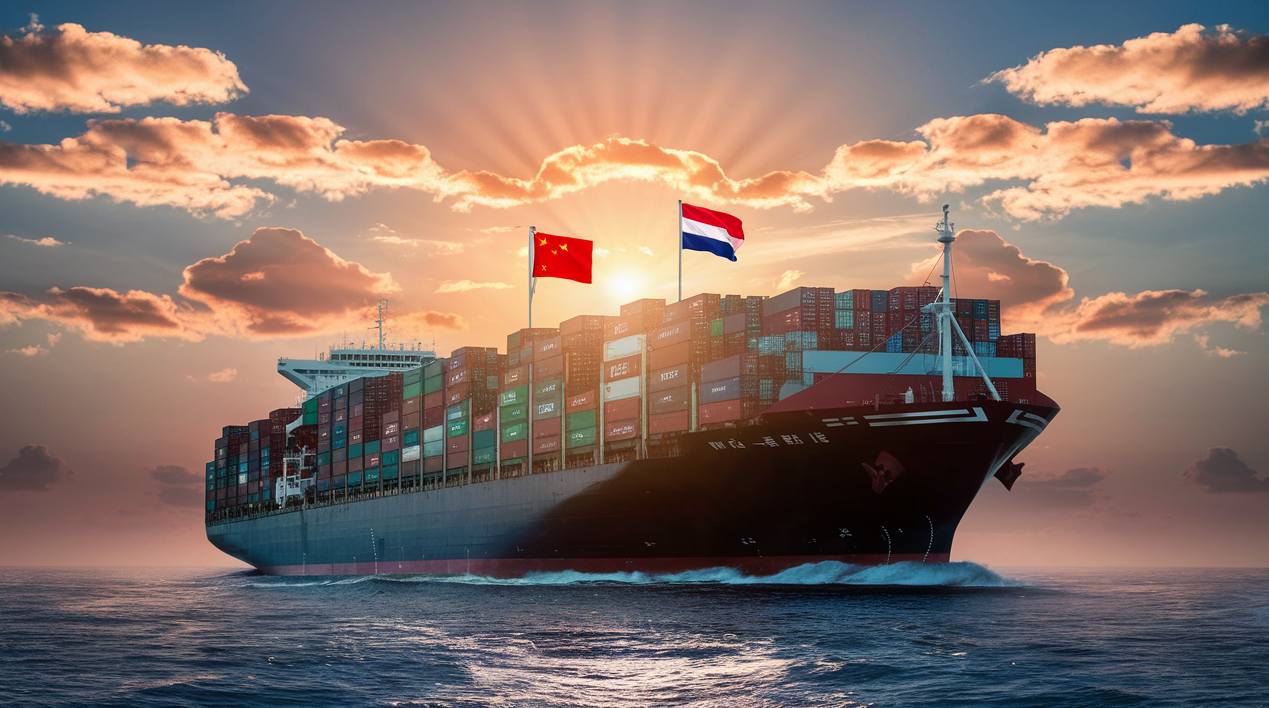





 Afrikaans
Afrikaans Shqip
Shqip አማርኛ
አማርኛ العربية
العربية Հայերեն
Հայերեն Azərbaycan dili
Azərbaycan dili Euskara
Euskara Беларуская мова
Беларуская мова বাংলা
বাংলা Bosanski
Bosanski Български
Български Català
Català Cebuano
Cebuano Chichewa
Chichewa 简体中文
简体中文 繁體中文
繁體中文 Corsu
Corsu Hrvatski
Hrvatski Čeština
Čeština Dansk
Dansk Nederlands
Nederlands English
English Esperanto
Esperanto Eesti
Eesti Filipino
Filipino Suomi
Suomi Français
Français Galego
Galego ქართული
ქართული Deutsch
Deutsch Ελληνικά
Ελληνικά Kreyol ayisyen
Kreyol ayisyen Harshen Hausa
Harshen Hausa Ōlelo Hawaiʻi
Ōlelo Hawaiʻi עִבְרִית
עִבְרִית हिन्दी
हिन्दी Hmong
Hmong Magyar
Magyar Íslenska
Íslenska Igbo
Igbo Bahasa Indonesia
Bahasa Indonesia Gaeilge
Gaeilge Italiano
Italiano 日本語
日本語 Basa Jawa
Basa Jawa ಕನ್ನಡ
ಕನ್ನಡ Қазақ тілі
Қазақ тілі ភាសាខ្មែរ
ភាសាខ្មែរ 한국어
한국어 كوردی
كوردی Кыргызча
Кыргызча ພາສາລາວ
ພາສາລາວ Latin
Latin Latviešu valoda
Latviešu valoda Lietuvių kalba
Lietuvių kalba Lëtzebuergesch
Lëtzebuergesch Македонски јазик
Македонски јазик Malagasy
Malagasy Bahasa Melayu
Bahasa Melayu മലയാളം
മലയാളം Maltese
Maltese Te Reo Māori
Te Reo Māori मराठी
मराठी Монгол
Монгол ဗမာစာ
ဗမာစာ नेपाली
नेपाली Norsk bokmål
Norsk bokmål پښتو
پښتو فارسی
فارسی Polski
Polski Português
Português ਪੰਜਾਬੀ
ਪੰਜਾਬੀ Română
Română Русский
Русский Samoan
Samoan Gàidhlig
Gàidhlig Српски језик
Српски језик Sesotho
Sesotho Shona
Shona سنڌي
سنڌي සිංහල
සිංහල Slovenčina
Slovenčina Slovenščina
Slovenščina Afsoomaali
Afsoomaali Español
Español Basa Sunda
Basa Sunda Kiswahili
Kiswahili Svenska
Svenska Тоҷикӣ
Тоҷикӣ தமிழ்
தமிழ் తెలుగు
తెలుగు ไทย
ไทย Türkçe
Türkçe Українська
Українська اردو
اردو O‘zbekcha
O‘zbekcha Tiếng Việt
Tiếng Việt Cymraeg
Cymraeg יידיש
יידיש Yorùbá
Yorùbá Zulu
Zulu